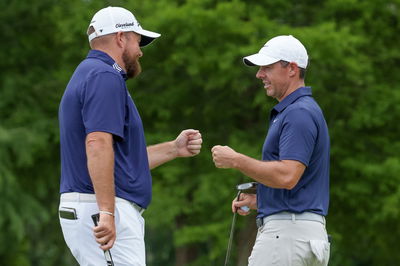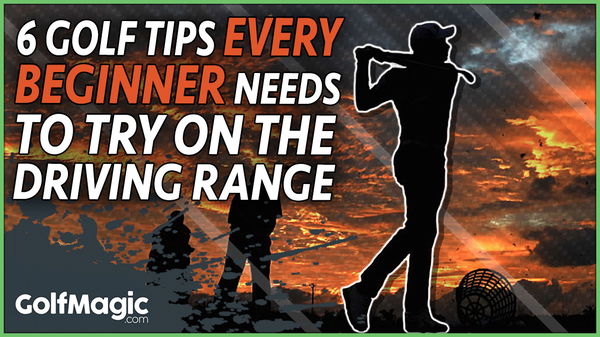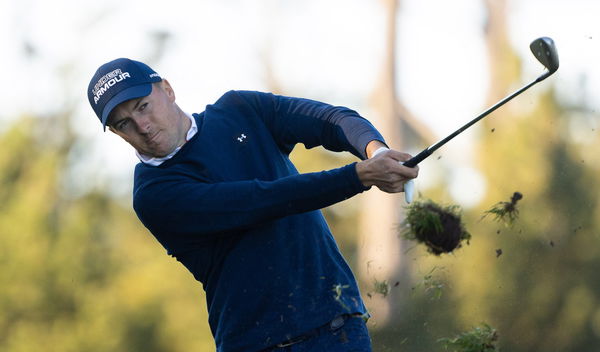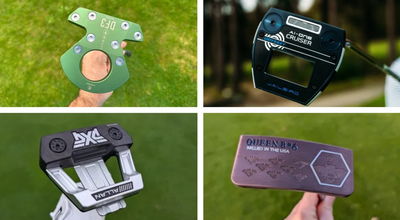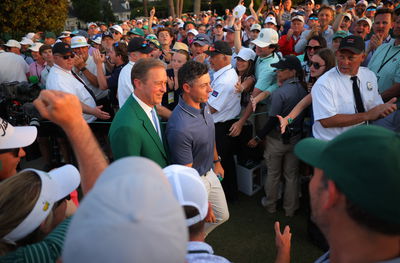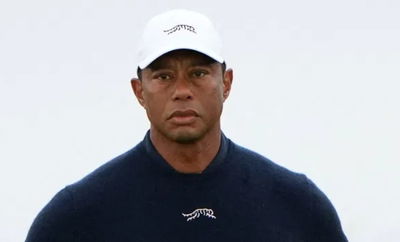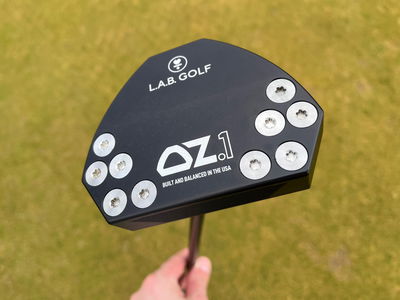Ball position
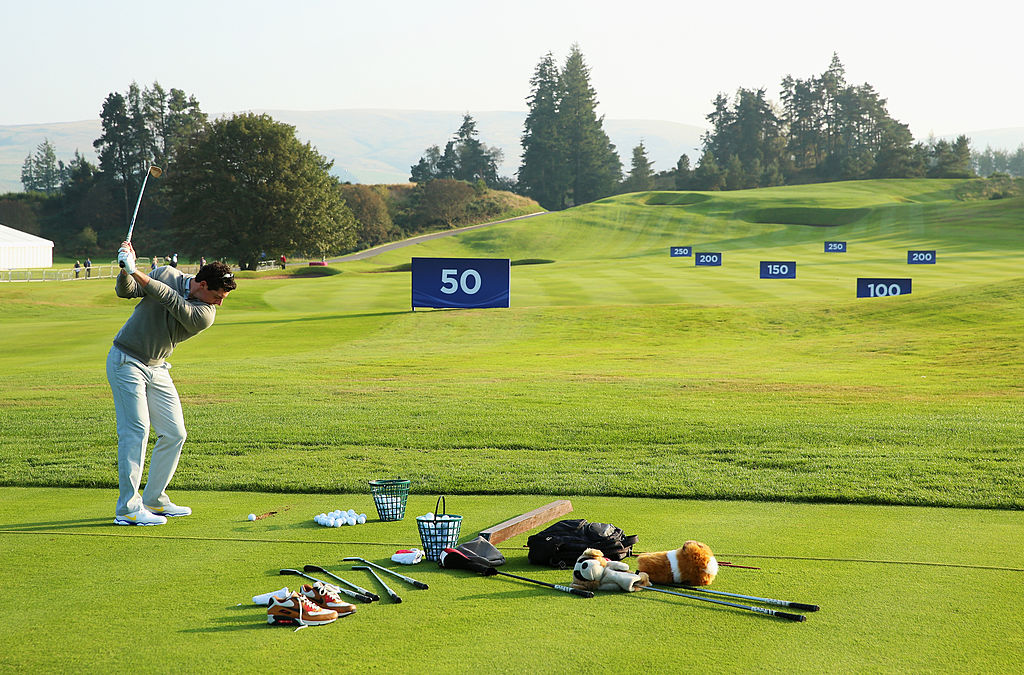
In terms of minor details impacting the larger whole, ball placement in your stance is one of the most important factors when it comes to improving your swing.
If you watch professional golfers on the PGA Tour, you will notice a trend...

In terms of minor details impacting the larger whole, ball placement in your stance is one of the most important factors when it comes to improving your swing.
If you watch professional golfers on the PGA Tour, you will notice a trend...
As the club gets bigger, the ball moves forward in the stance. In other words, imagine yourself standing over the ball, ready to swing. Now imagine drawing a line between the toes on your left foot to the toes on your right foot. Now move it forward so it intersects the ball in front of you.
FEATURE: TOP 10 TIPS FOR IMPROVED IRON PLAY
For smaller clubs (wedge, 9-iron, 8-iron, etc.), the ball should be close to the centre of that line. As the clubs get larger (7-iron, 6-iron, 5-iron, etc.), the ball should be placed left of centre if you’re right handed and right of centre if you’re left-handed.
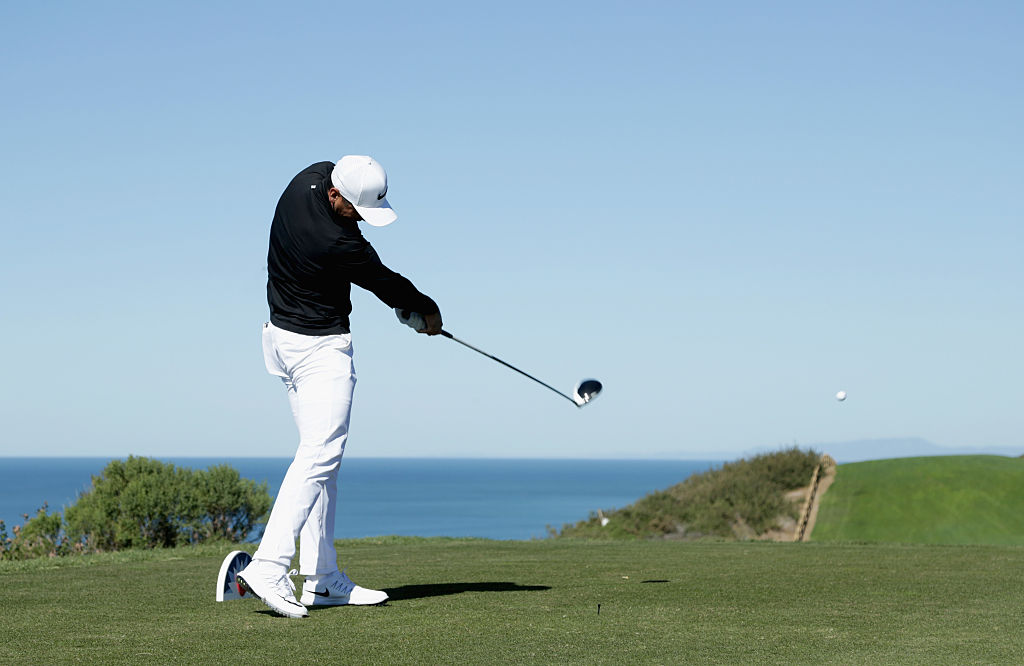
By the time you get to your driver, the ball should nearly be in line with the ankle of your forward foot (left if you’re right-handed, right if you’re left-handed).
A general rule I use is to move the ball about an inch forward for each increase in club size. If you are wondering why, take a look at your golf clubs – you will notice that club lengths increase as the size of your club increases (a 3-iron is longer than a 7-iron, for example).
By moving your ball forward in your stance, you eliminate the need to compensate your swing to adhere to the length of the club.
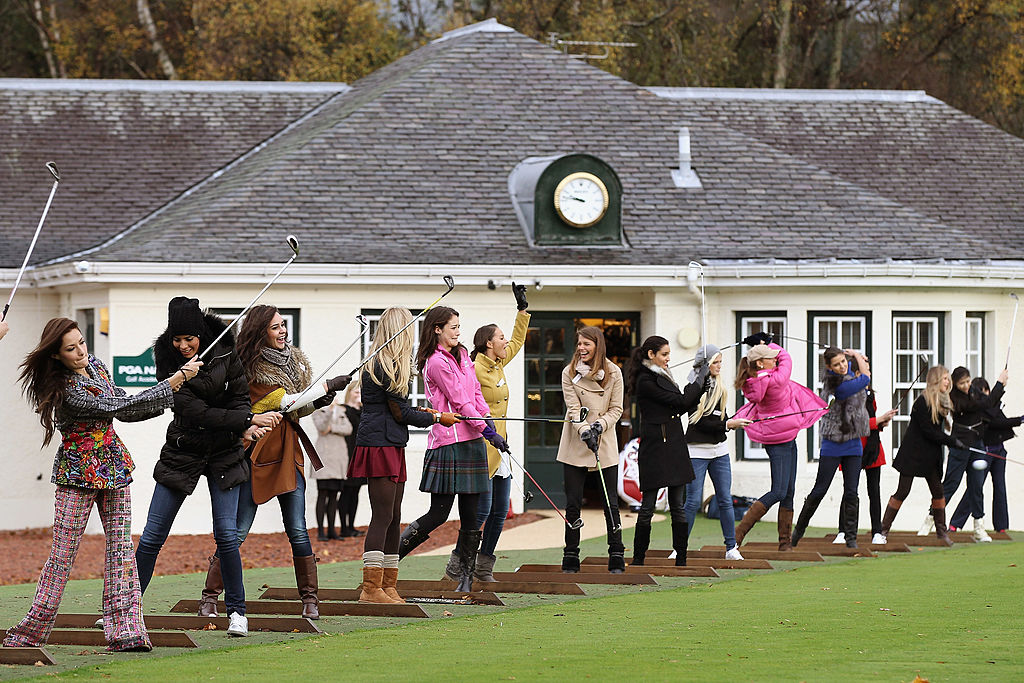
Pro Tip:
In addition to eliminating swing inconsistencies, this setup gives you the chance to accurately place your shots on target.
When you address the ball, take note of the imaginary line we discussed between your toes. That line will indicate what you are aiming at.
If you need a more concrete approach, place your club on the ground touching both of your toes with the grip facing your target. This will help you adjust your aim and improve your accuracy.
Sponsored Posts
Latest News
![Lexi Thompson [Instagram]](https://cdn.golfmagic.com/2025-04/le122.jpg?width=400)
